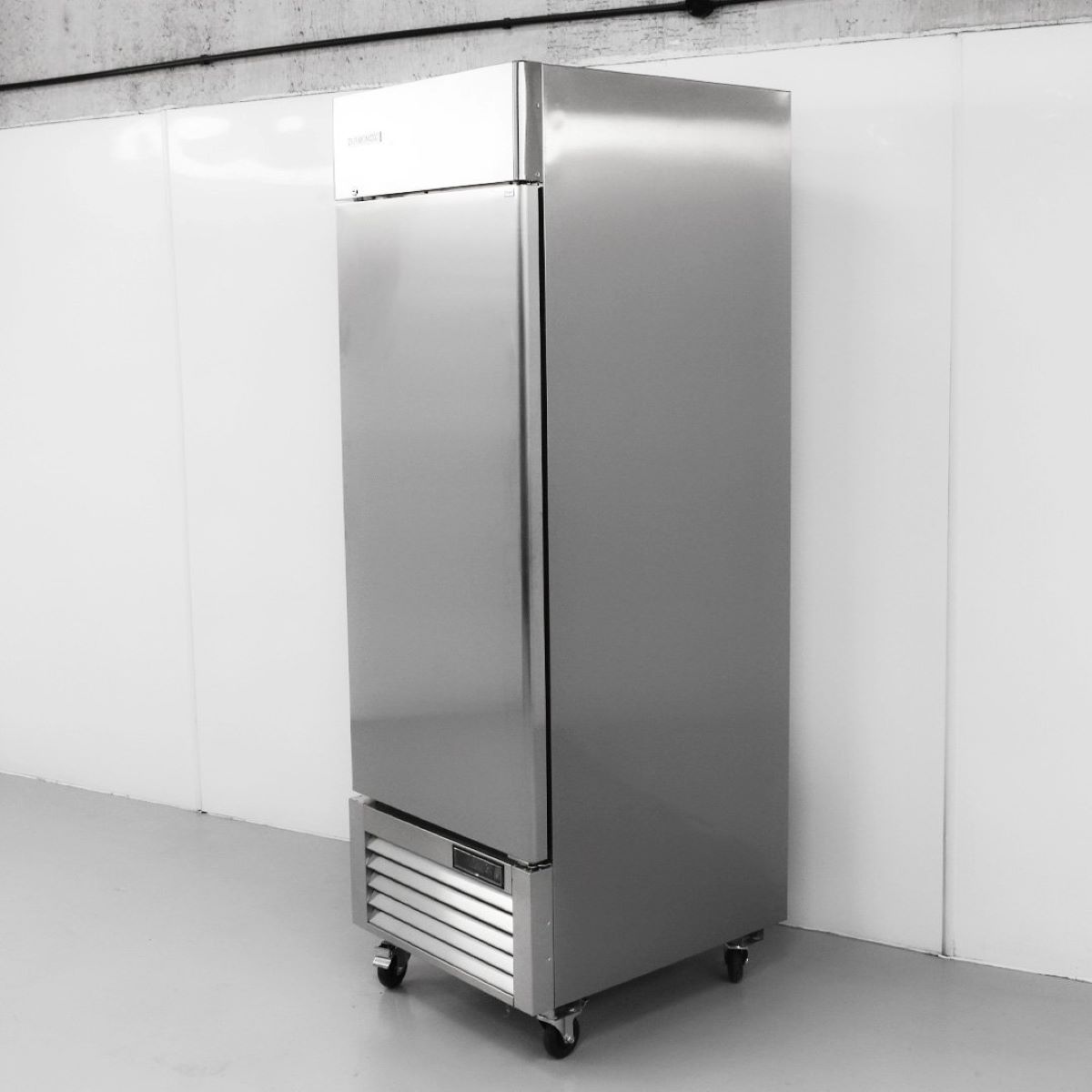

Articles
How To Store A Refrigerator Not In Use
Modified: August 24, 2024
Need tips on storing a refrigerator that's not in use? Check out our informative articles for step-by-step guides and expert advice!
(Many of the links in this article redirect to a specific reviewed product. Your purchase of these products through affiliate links helps to generate commission for Storables.com, at no extra cost. Learn more)
Introduction
When it comes to storing a refrigerator that is not in use, proper steps must be taken to ensure its longevity and functionality once it is ready to be used again. Whether you are moving to a new home, renovating your current space, or simply need to keep your refrigerator in storage for an extended period of time, following the correct procedures will protect your appliance from damage and potential issues.
In this article, we will outline the necessary steps to safely store a refrigerator when it is not in use. From cleaning and defrosting to disconnecting and transporting, we will guide you through the entire process, ensuring that your refrigerator remains in optimal condition until you are ready to utilize it again.
So, let’s dive in and learn how to properly store a refrigerator and keep it in top-notch condition!
Key Takeaways:
- Properly storing a refrigerator involves thorough cleaning, defrosting, disconnecting, and careful transportation. Choosing a suitable storage location and periodic checks are crucial for maintaining its functionality and longevity.
- Before storing a refrigerator, ensure it is thoroughly cleaned, defrosted, and properly disconnected. Careful transportation and suitable storage conditions, along with periodic checks, are essential for preserving its functionality and longevity.
Read more: How To Store A Refrigerator When Not In Use
Cleaning the Refrigerator
Before storing your refrigerator, it is essential to thoroughly clean both the interior and exterior to avoid the accumulation of dirt, grime, and unpleasant odors. Follow these steps to effectively clean your refrigerator:
- Empty the contents: Begin by removing all items from the refrigerator, including food, drinks, and any removable shelves or drawers. Discard any expired or spoiled food items.
- Remove shelves and drawers: Take out all removable shelves, drawers, and compartments. Wash them separately with warm, soapy water. Rinse thoroughly and allow them to air dry.
- Clean the interior: Using a gentle all-purpose cleaner or a mixture of water and baking soda, wipe down the interior walls, shelves, and compartments. Pay special attention to any stains or spills. Use a soft cloth or sponge to avoid scratching the surfaces. Rinse with clean water and dry with a clean cloth.
- Clean the exterior: Wipe down the exterior of the refrigerator with a damp cloth and a mild detergent. Be sure to clean the handle, door seals, and any other areas prone to dirt or fingerprints. Dry the exterior thoroughly to prevent water damage.
- Remove and clean the condenser coils: If you have access to the condenser coils, located either at the back or underneath the refrigerator, use a vacuum cleaner or a long-handled brush to remove dust and debris. Keeping the coils clean will help with optimal cooling performance.
- Leave the refrigerator doors open: Once the cleaning process is complete, leave the doors open to allow any remaining moisture to evaporate. This will prevent the growth of mold or mildew while in storage.
By taking the time to thoroughly clean your refrigerator, you will ensure that it is free from dirt, odors, and any potential contaminants before storing it for an extended period of time. This will not only maintain its cleanliness but also contribute to its overall performance once it is back in use.
Removing Food and Defrosting
Before storing a refrigerator that is not in use, it is important to remove all remaining food items and properly defrost it. Here’s a step-by-step guide on how to do it:
- Remove all perishable items: Start by removing all perishable food items, such as fruits, vegetables, dairy, and meats, from the refrigerator. Discard any expired or spoiled items to prevent unpleasant odors or potential hazards.
- Transfer non-perishable items: If you have non-perishable items that can be stored at room temperature, such as canned goods or dry goods, remove them from the refrigerator and find a suitable storage space for them.
- Defrost the freezer: If your refrigerator has a freezer compartment, it is important to defrost it before storing. Turn off the refrigerator and unplug it from the power source. Remove all food items from the freezer and place them in a cooler with ice packs to keep them frozen, if necessary. Leave the freezer door open to allow the ice to melt.
- Clean up the water: As the ice melts, there will be water accumulation in the freezer. Place towels or absorbent cloths at the bottom of the freezer to soak up the water and prevent it from leaking onto the floor.
- Clean and dry the freezer: Once all the ice has melted and the water has been absorbed, thoroughly clean the freezer compartment. Use a mixture of warm water and mild detergent to wipe down the walls, shelves, and drawers. Rinse with clean water and dry with a clean cloth.
- Defrost the refrigerator: If your refrigerator has a frost buildup in the main compartment, allow it to defrost by leaving the doors open for several hours or overnight. Place towels or a shallow pan underneath the refrigerator to catch any water that may melt off.
By removing all food items and properly defrosting your refrigerator, you minimize the risk of food spoilage, prevent odors, and ensure the appliance is ready for storage. Taking these steps will help maintain the lifespan and performance of your refrigerator while it is not in use.
Disconnecting the Refrigerator
Before you can safely store a refrigerator, you need to properly disconnect it from the power source and any other external connections. Here’s how to do it:
- Unplug the refrigerator: Start by unplugging the refrigerator from the power outlet. This will ensure that no electricity is running through the appliance while you handle it.
- Turn off the water supply: If your refrigerator is equipped with a water dispenser or ice maker, locate the water supply valve and turn it off. This will prevent any leaks or damage while the refrigerator is not in use.
- Disconnect the water line (if applicable): If your refrigerator has a water line connection, follow the manufacturer’s instructions to safely disconnect it from the main water supply. Be sure to have a bucket or towel handy to catch any remaining water in the line.
- Remove any additional connections: Check if there are any other external connections, such as Ethernet cables or smart home integrations, and safely disconnect them from the refrigerator.
- Coil and secure the power cord: Coil the refrigerator’s power cord neatly and secure it with a twist tie or cord organizer. This will prevent any tangling or damage during storage.
- Protect exposed wires (if necessary): If there are any exposed wires or connections, use electrical tape or wire covers to protect them from damage.
By properly disconnecting the refrigerator, you ensure that it is safe to handle and transport without any electrical or water-related risks. Taking these steps will make the storage process smoother and minimize the chances of any damage occurring to the appliance.
Before storing a refrigerator not in use, make sure to clean and dry the interior thoroughly. Leave the door slightly ajar to prevent mold and mildew growth.
Moving and Transporting the Refrigerator
Transporting a refrigerator requires careful planning and proper handling to avoid any damage or accidents. Here are the necessary steps to safely move and transport your refrigerator:
- Enlist help: Moving a refrigerator can be a two-person or even a three-person job, depending on its size and weight. Enlist the help of friends, family members, or professional movers to assist you with the process.
- Prepare a dolly or moving equipment: Use a sturdy dolly or moving equipment with straps to help with the transportation. This will make it easier to move the refrigerator and distribute the weight evenly.
- Secure loose components: Before moving the refrigerator, make sure all shelves, drawers, and compartments are securely in place. If needed, tape or secure them with rope or moving blankets to prevent them from shifting during transportation.
- Protect the exterior: Use moving blankets or padding to protect the exterior of the refrigerator from scratches or dents. Secure the blankets with tape or straps to keep them in place during the move.
- Secure the doors: Use strong packing tape or rope to secure the refrigerator doors during transportation. This will prevent them from swinging open and potentially causing damage.
- Load the refrigerator: When loading the refrigerator onto the moving equipment or dolly, do so carefully and with the assistance of others. Tilt the refrigerator slightly backward and roll it onto the equipment slowly and steadily.
- Use caution when navigating: Take your time and exercise caution while navigating doorways, stairs, and tight spaces. Communicate with your companions and use protective measures to avoid any accidents or damage.
- Secure the refrigerator in the transport vehicle: Once the refrigerator is loaded onto the transport vehicle, secure it tightly to prevent it from shifting or toppling during the journey. Use straps or bungee cords to anchor it in place.
- Drive carefully: When transporting the refrigerator, drive cautiously to minimize any sudden movements or jolts that could potentially damage the appliance. Be mindful of speed bumps, potholes, and sharp turns.
- Unload with care: Upon reaching your destination, carefully unload the refrigerator using the same precautions and assistance as during the loading process.
By following these steps, you can ensure a smooth and safe transportation process for your refrigerator. Taking the necessary precautions will help you avoid any damage and maintain the integrity of the appliance while it is being moved.
Read more: How Much Is A Used Refrigerator
Storing the Refrigerator
Properly storing a refrigerator during its period of non-use is crucial to maintain its functionality and prevent any damage. Follow these steps to store your refrigerator effectively:
- Choose a suitable storage location: Select a clean, dry, and well-ventilated area to store your refrigerator. Avoid placing it near a heat source or in direct sunlight, as this can affect its performance and potentially cause damage.
- Elevate the refrigerator: Place the refrigerator on a sturdy platform or pallet to keep it off the ground. This will prevent any potential moisture buildup and safeguard against damage caused by flooding or leaks.
- Keep the doors slightly open: Leave the refrigerator doors slightly open during storage to allow air circulation and prevent the growth of mold or mildew. It is essential to ensure proper ventilation without fully sealing the refrigerator.
- Protect the interior: Place an open box of baking soda or charcoal inside the refrigerator to absorb any odors and keep the interior fresh. This will help maintain a clean and pleasant environment for the appliance.
- Cover the refrigerator: Use a breathable cover or a large plastic sheet to protect the exterior of the refrigerator from dust and dirt. Ensure that the cover does not fully surround the refrigerator, as this can lead to moisture buildup.
- Check periodically: While the refrigerator is in storage, periodically check on it to ensure there are no signs of moisture, pests, or other issues. Make sure the storage area remains clean and free from any potential hazards.
- Prepare for reinstallation: Before using the refrigerator again, clean the interior, remove any covers, and reconnect any necessary external connections, such as the water line.
By following these storage guidelines, you can keep your refrigerator in good condition during its period of non-use. Proper storage will help preserve the appliance’s functionality and ensure its readiness when you need to use it again.
Summary
Storing a refrigerator that is not in use requires careful attention to detail to ensure its longevity and functionality. Here’s a recap of the important steps involved:
First, thoroughly clean the refrigerator both inside and out, removing any food items and shelves for separate cleaning. Next, defrost the freezer and refrigerator compartments to prevent the buildup of ice and maintain cleanliness.
Disconnect the refrigerator from the power source, turn off the water supply (if applicable), and safely remove any external connections. Secure loose components and protect the exterior of the appliance with blankets or padding.
When moving the refrigerator, enlist the help of others and use suitable equipment such as a dolly or moving straps. Take precautions to secure the doors and navigate through doorways and tight spaces with care.
For storing, choose a well-ventilated location, elevate the refrigerator off the ground, and leave the doors slightly open to allow air circulation. Use baking soda or charcoal to absorb odors and cover the appliance with a breathable material.
Lastly, periodically check on the stored refrigerator to ensure a clean and safe environment, and prepare for reinstallation by reconnecting external connections and cleaning the interior.
By following these guidelines, you can safely and effectively store your refrigerator, ensuring its proper functionality and longevity when it is ready to be used again.
Frequently Asked Questions about How To Store A Refrigerator Not In Use
Was this page helpful?
At Storables.com, we guarantee accurate and reliable information. Our content, validated by Expert Board Contributors, is crafted following stringent Editorial Policies. We're committed to providing you with well-researched, expert-backed insights for all your informational needs.
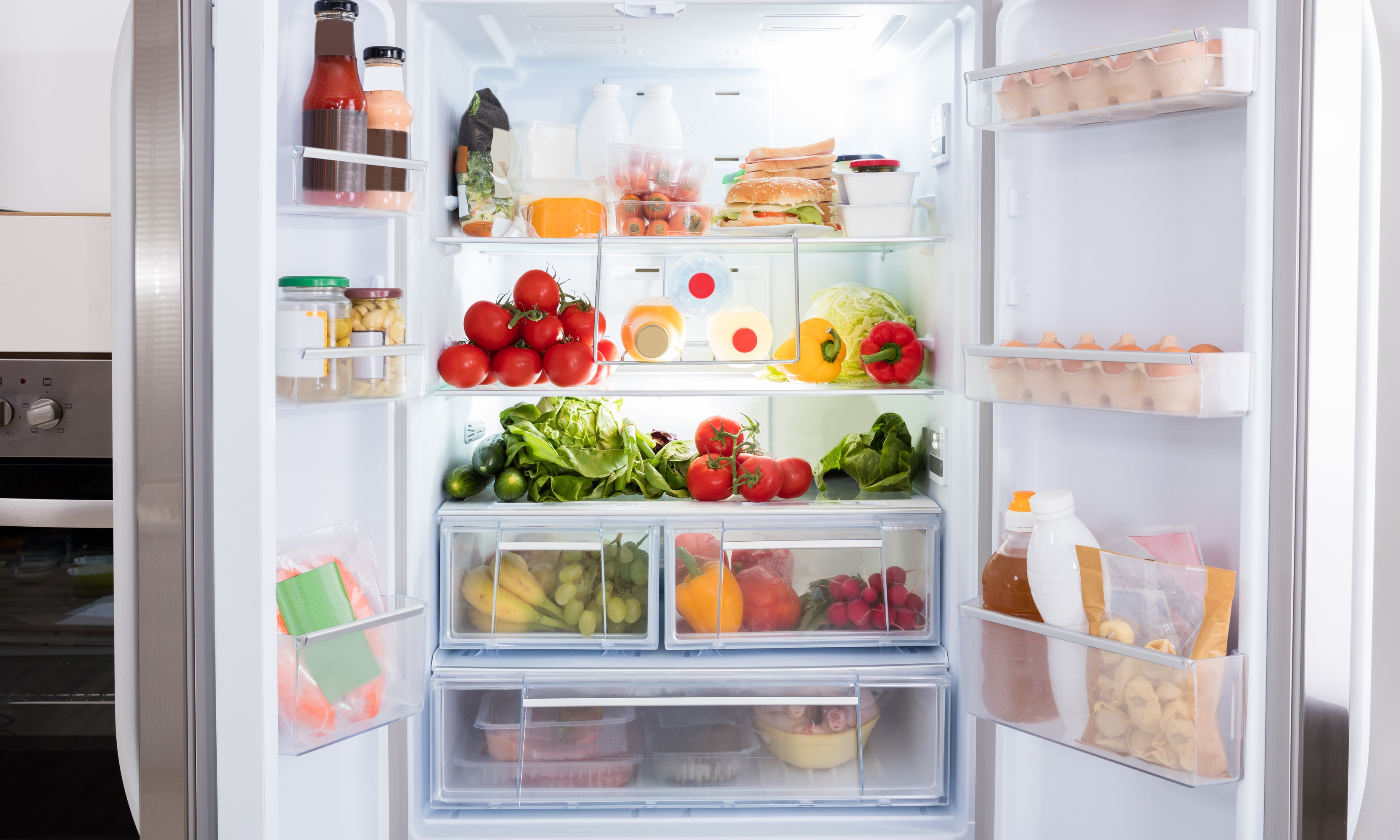

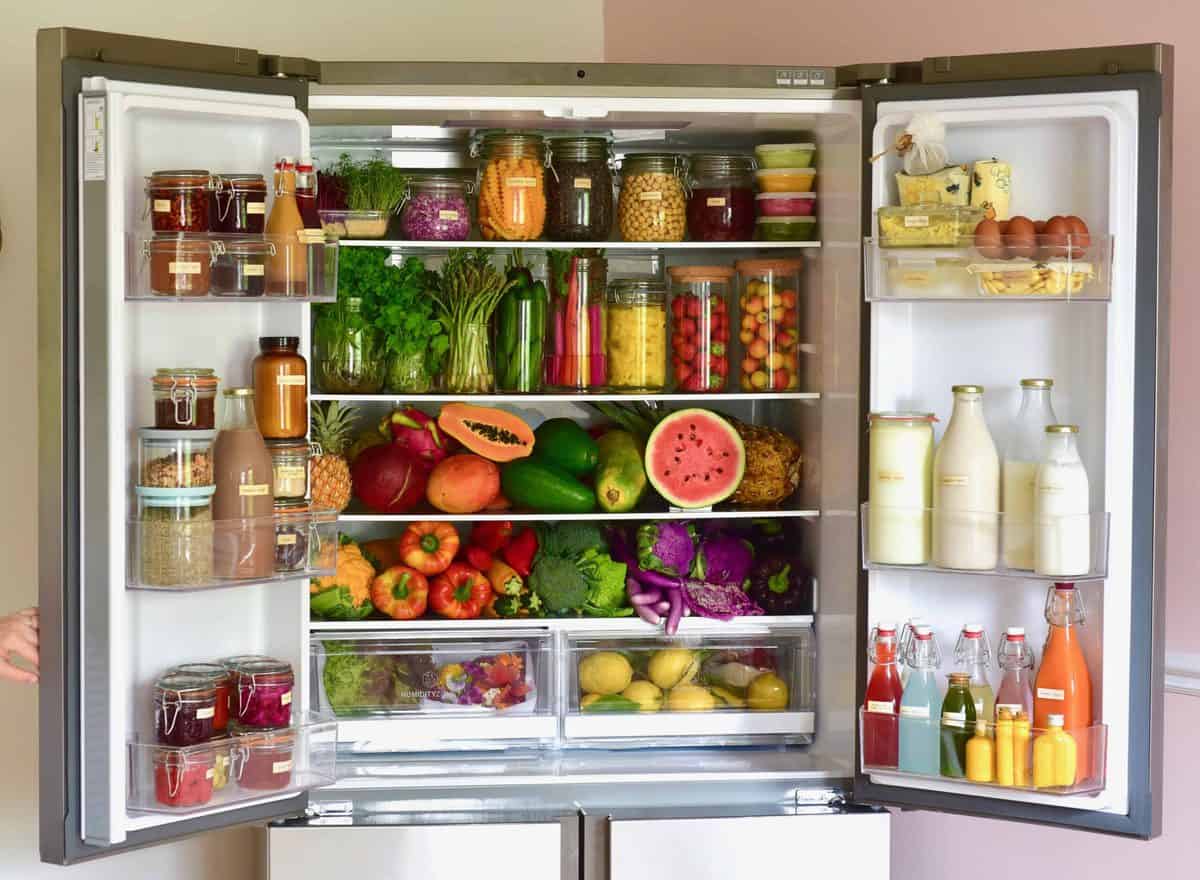
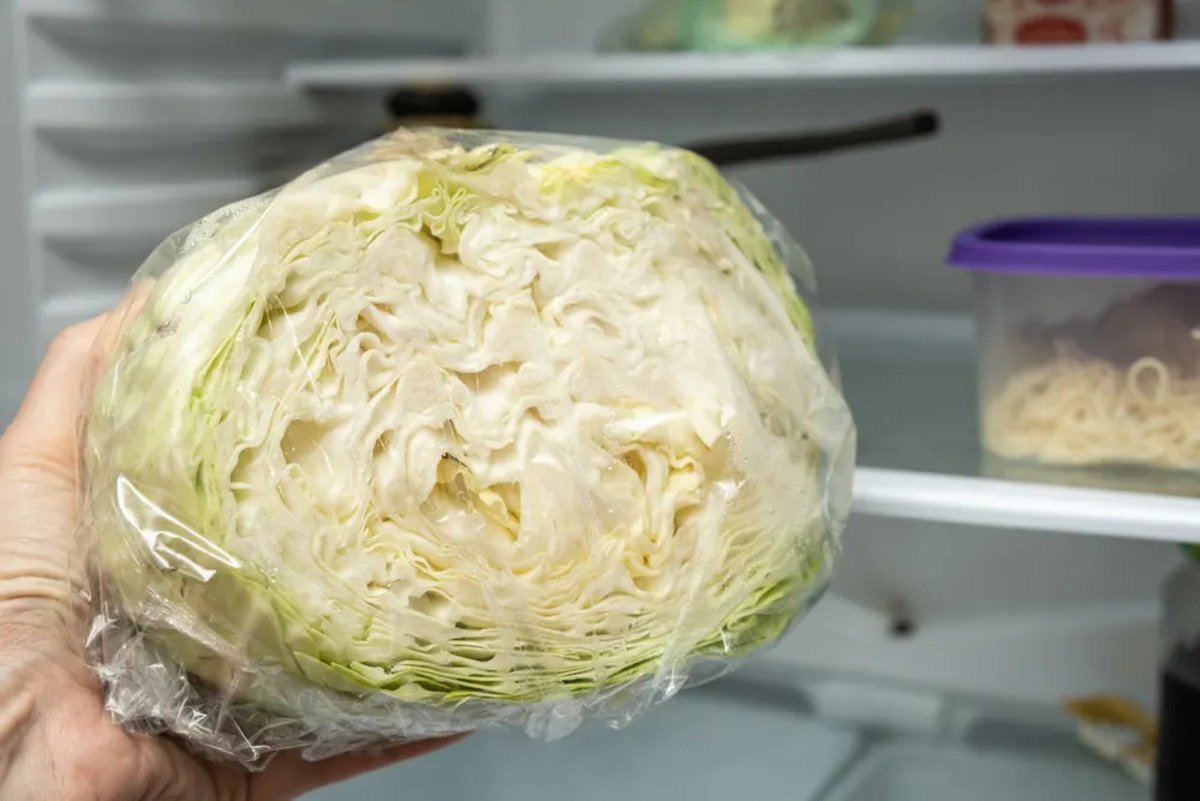
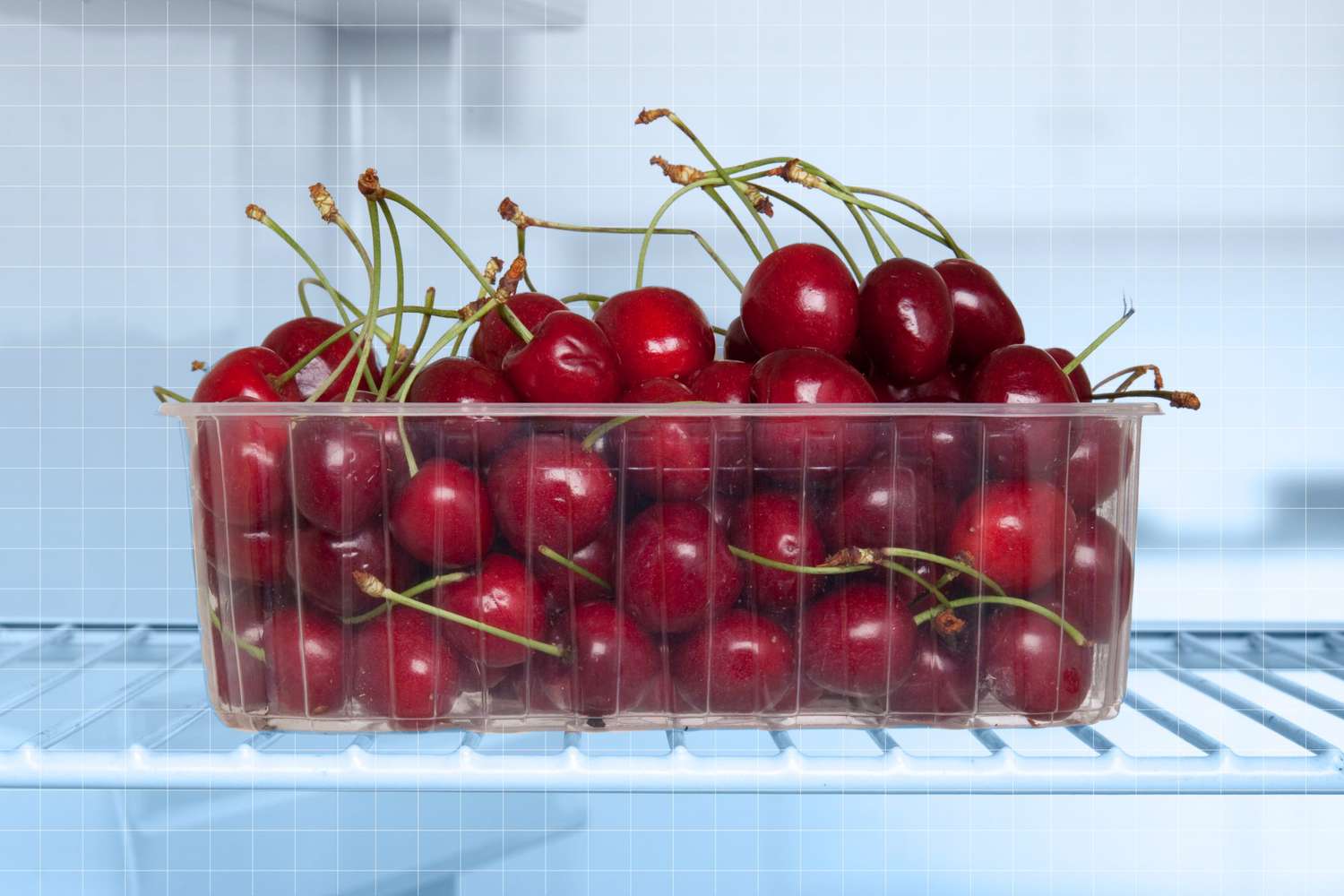


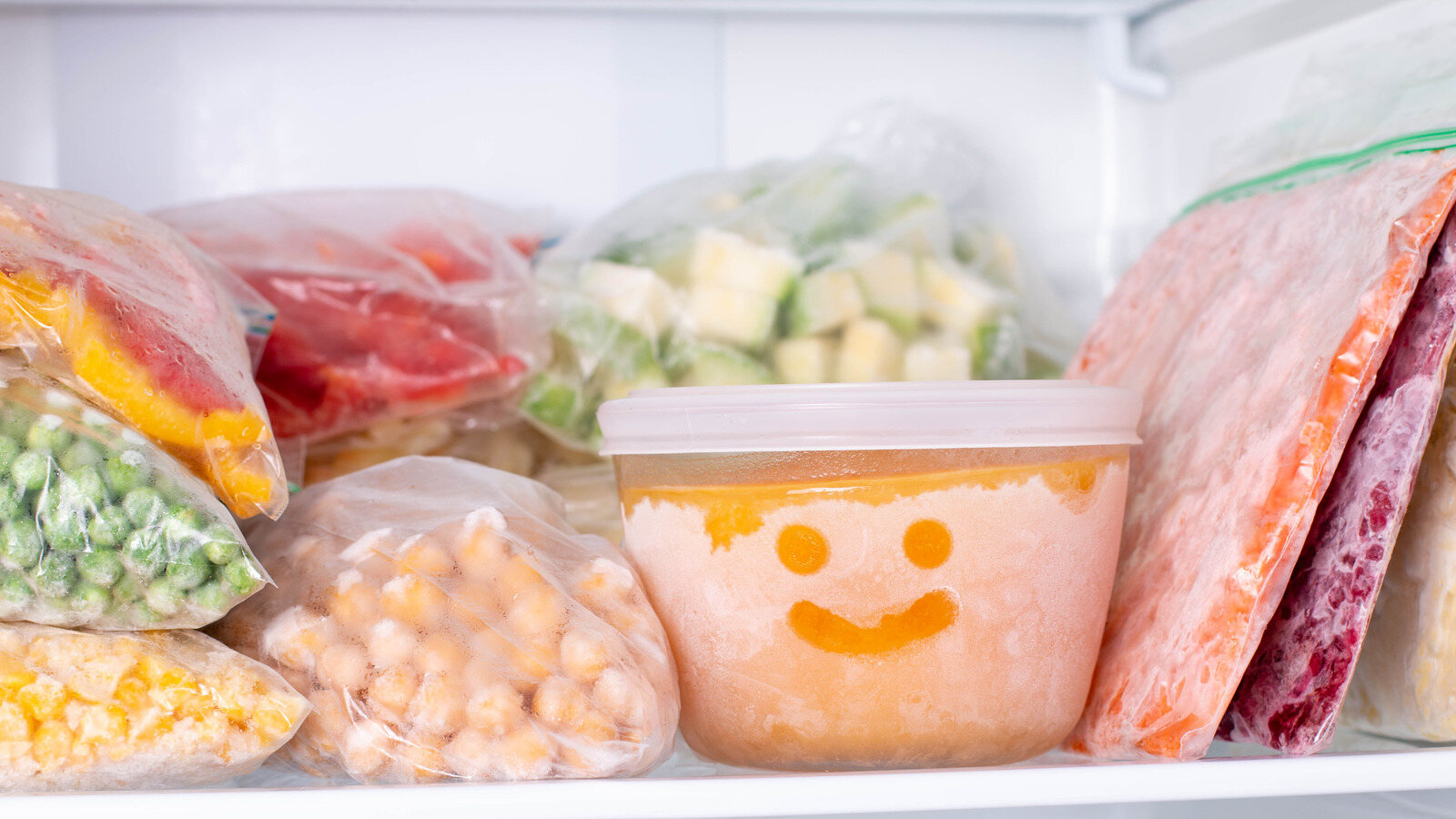
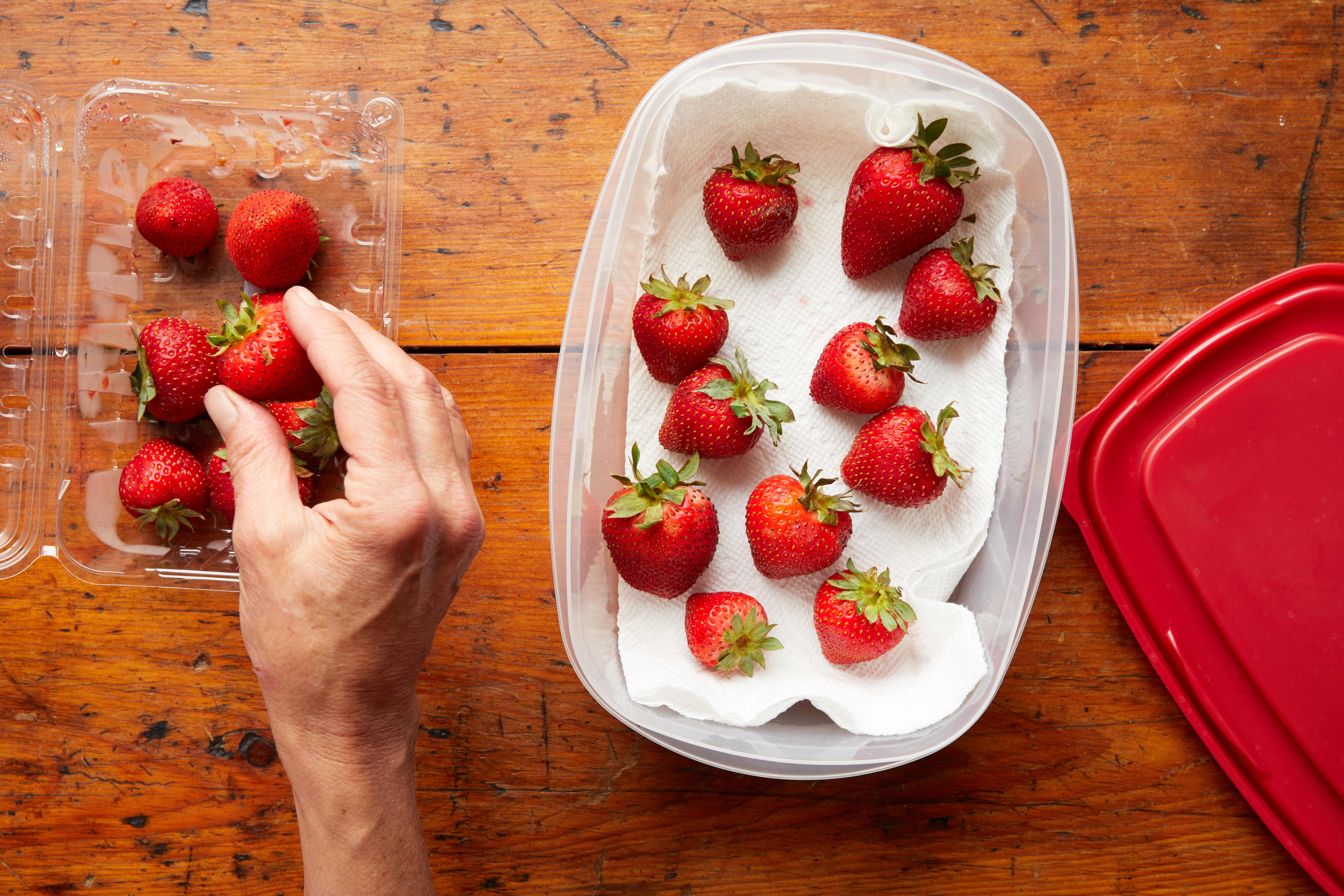
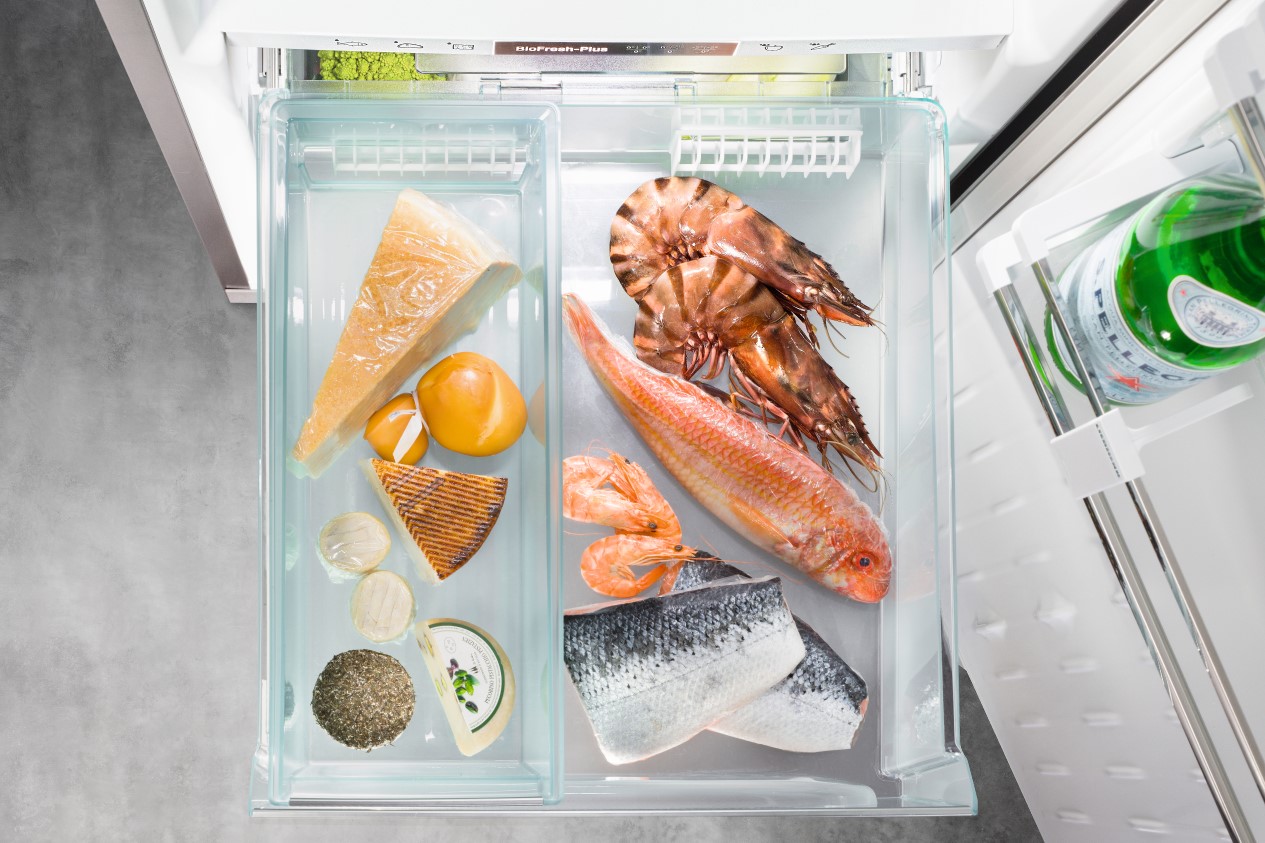
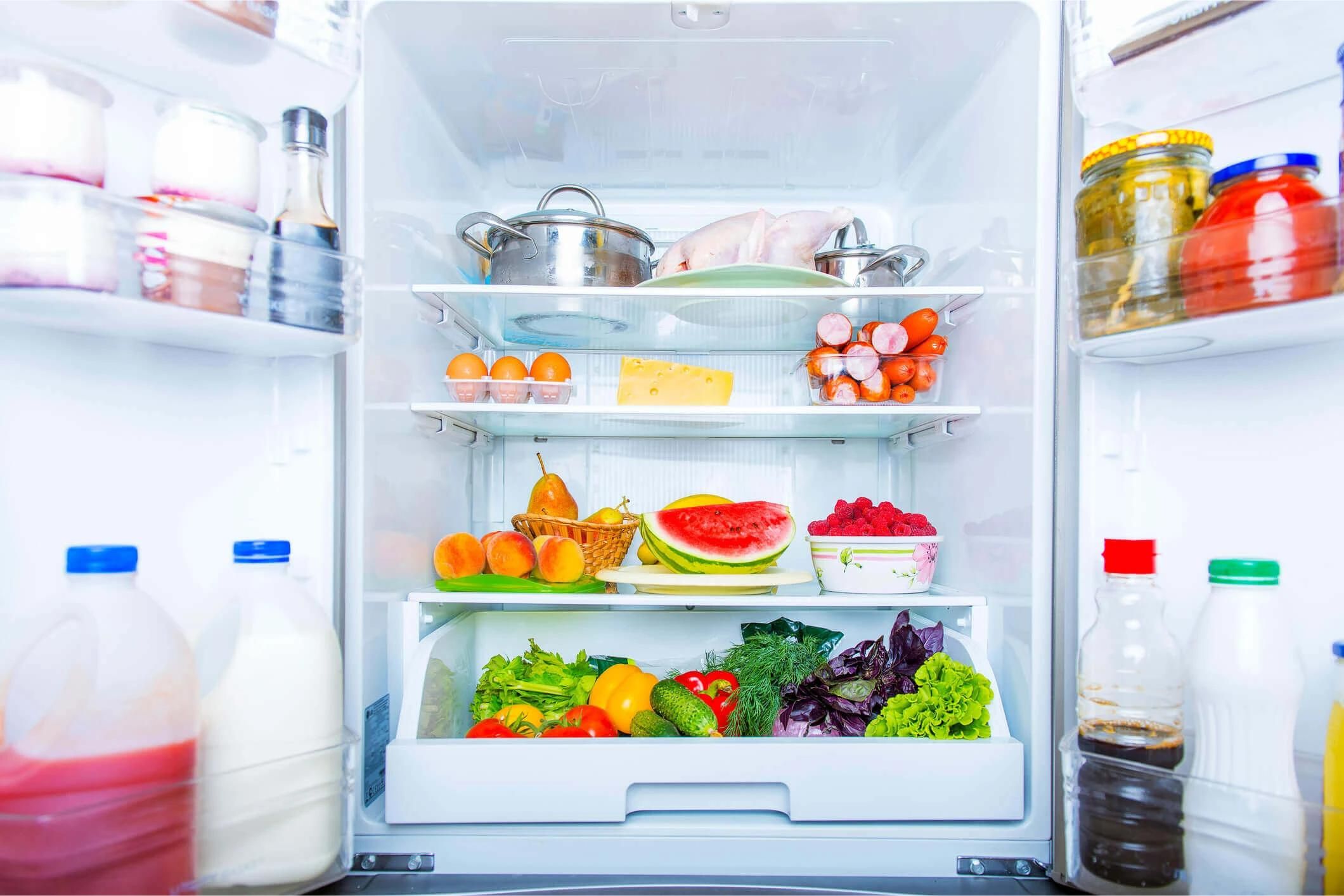
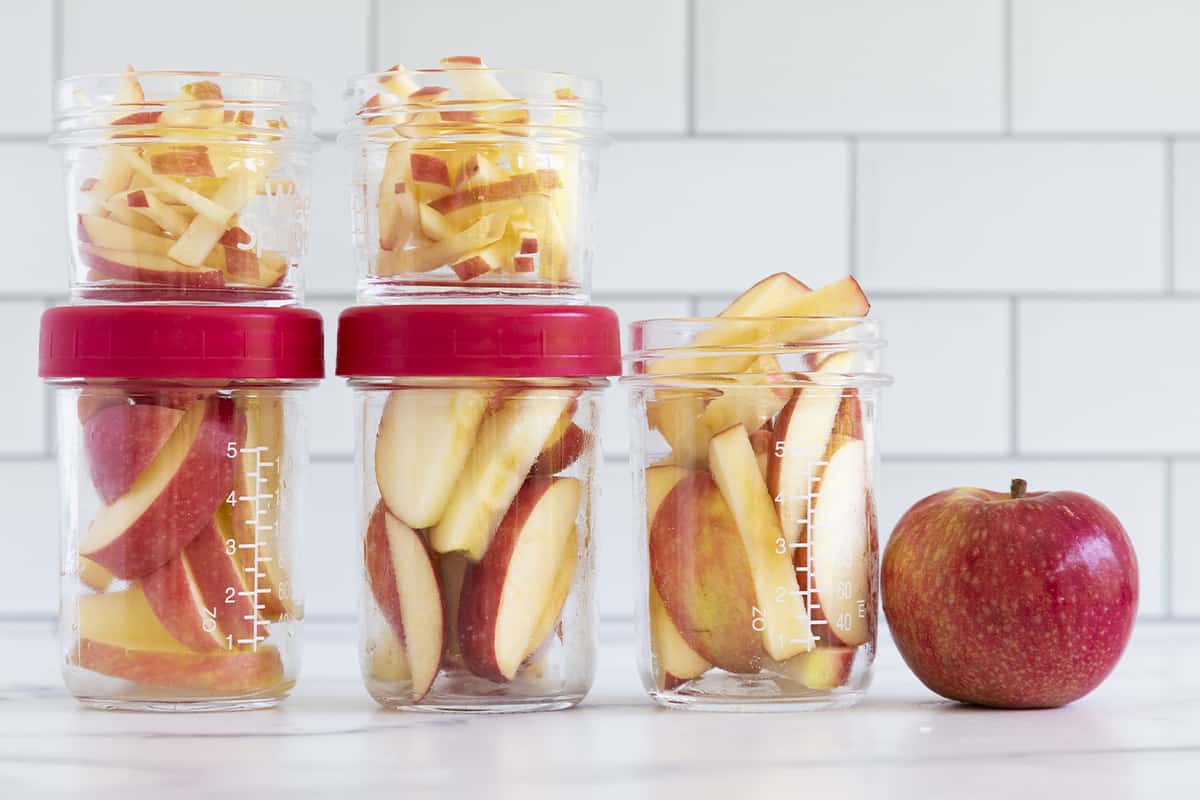
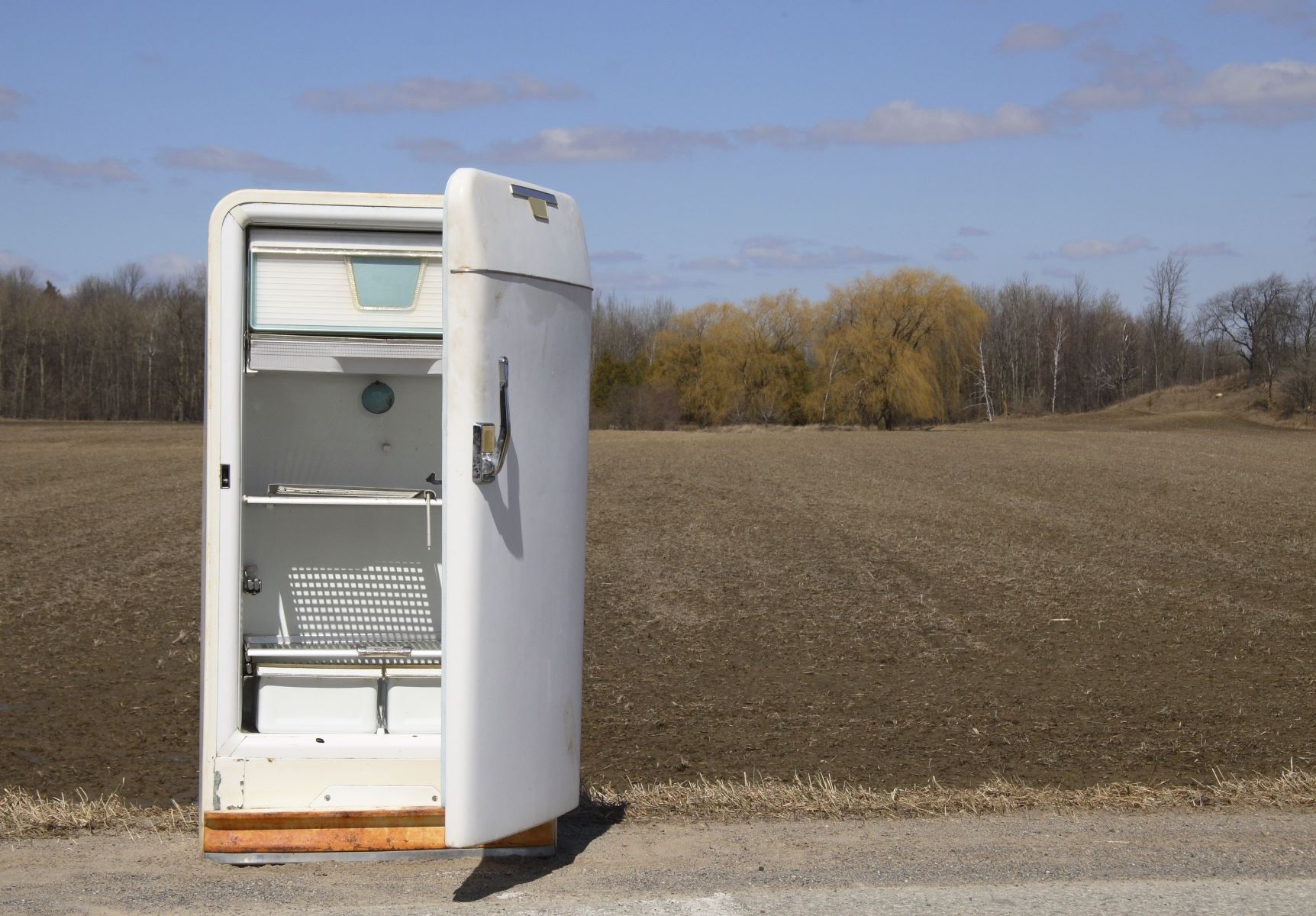
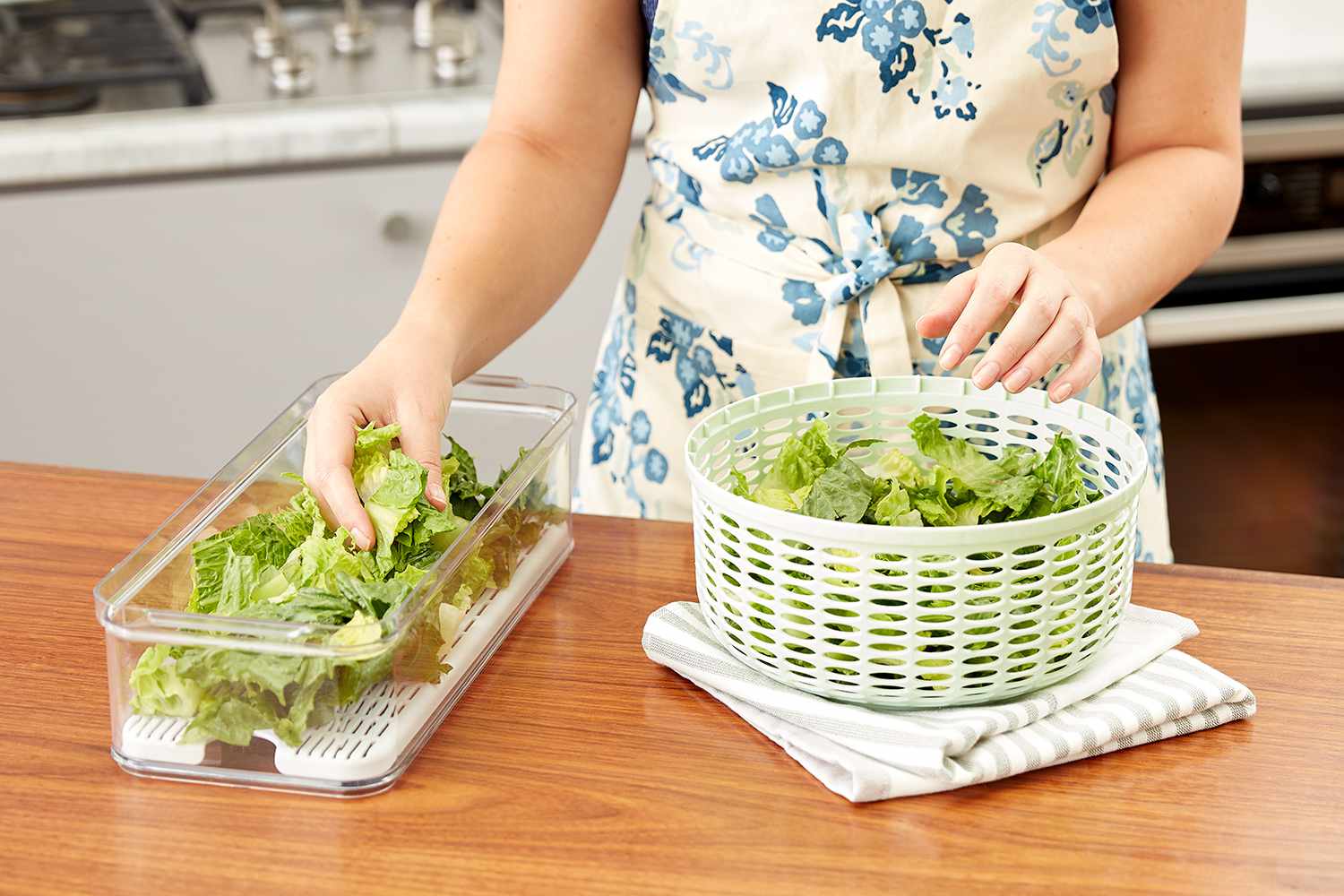

0 thoughts on “How To Store A Refrigerator Not In Use”